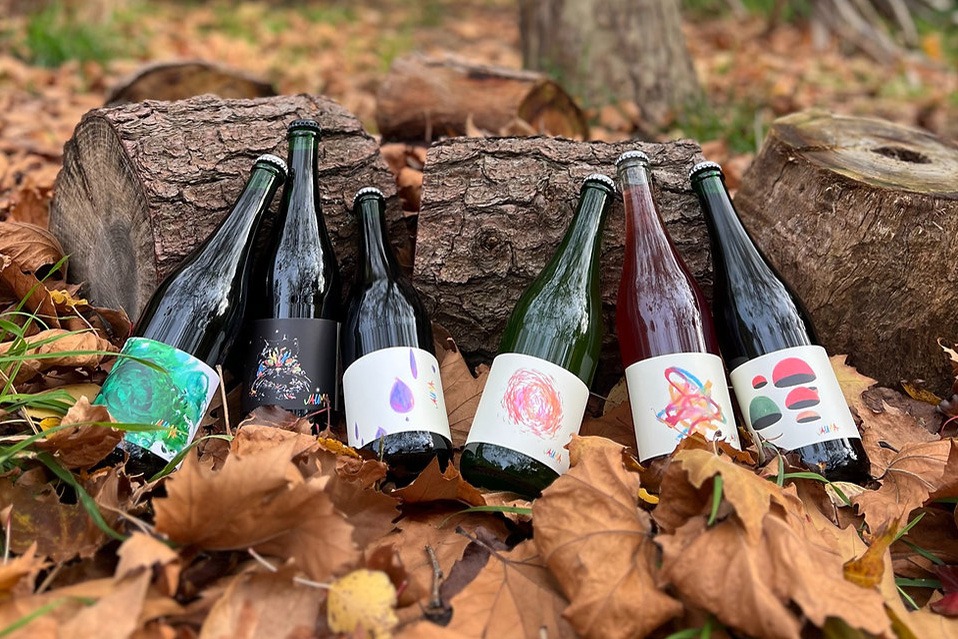If there’s a recent trend creating buzz in the international wine world, it’s the ascendance of natural wines and the effervescent charm of Pétillant Naturel (Pét-Nat). This unpretentious sparkling brew is making waves from the vineyards of France’s Loire Valley to California’s sunny hills and Australia’s fertile terrains.
Pét-Nat is an old-school winemaking style that embodies the essence of raw authenticity and biodiversity. Unlike its elegant cousin Champagne, which undergoes a multi-step meticulous production process, Pét-Nat follows a simplified, single-fermentation method. This “méthode ancestrale” involves bottling the wine while it is still fermenting, which results in a natural sparkle as the sugars continue fermenting in the bottle.
France’s Loire Valley is recognized as a pioneer in the resurrection of this natural winemaking method. Its terroirs are delivering distinctive and compelling Pét-Nats, capturing the attention of those drawn to unfiltered and unconventional wine experiences.
But the trend is not restricted to European vineyards. Pét-Nat has extended its wings into the international arena. Australia’s Adelaide Hills are producing stunning natural wines, and Pét-Nat, facilitated by innovative wineries like Jauma, is gaining traction. Similarly, in the United States, producers like Broc Cellars in California are skillfully crafting Pét-Nats that display the region’s diversity and lend a unique American twist to tradition.
Pét-Nat’s charm doesn’t lie in precision or consistency, but in its lively personality, seasonality, and its ability to express the essence of its origin. Each bottle offers a distinct narrative of the soil, climate, and vintage, appealing to wine enthusiasts who treasure terroir.
How can you tell it’s Pét-Nat in the glass?
Distinguishing Pét-Nat from other sparkling wines (for example, Champagne) is relatively straightforward, given the method of production that endows it with unique organoleptic characteristics. In terms of color, Pét-Nat can bring an array of hues to the glass, often more opaque due to its unfiltered nature. This can range from light straw yellow to ruby and even orange, depending on the grape varietals used.
On the palate, Pét-Nat typically presents softer, understated effervescence, in contrast to the tight, persistent bubbles found in the multi-step production process of other sparklers.
As for the nose, Pét-Nat is known for its rustic aromatic expression. It presents a kaleidoscope of scents, often inheriting more wild, yeasty, and funky notes, in contrast to the refined aromas found in other sparkling wines. The flavors can be an enticing gamut from fresh, crisp fruit tones to complex herbal and earthy notes.
The revival of Pét-Nat’s popularity is testament to a shifting paradigm in the global wine industry, reflecting a return to traditional, nature-influenced practices that create raw, organic wines with rustic allure.
For those seeking an adventure filled with natural fizz and historical reverence, Pét-Nat is the choice to make. It’s not just a wine; it’s a journey through time, a tribute to ancestral heritage, and an emblem of a sustainability-focused future in the modern wine world.
Did you like this content? If you did, let us know and share it with your friends.
This page contains affiliate links. We receive a small compensation when you purchase through affiliate links. While clicking these links won’t cost you a cent, it will help us keep the lights on and buy more wine. To find out more, click here.






